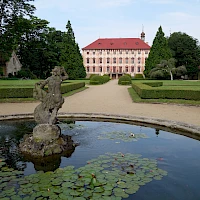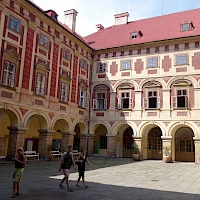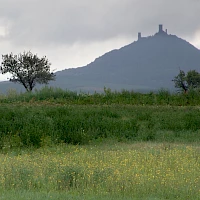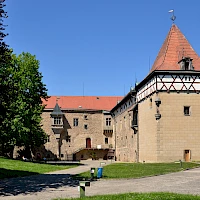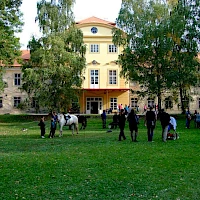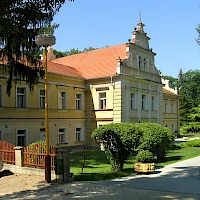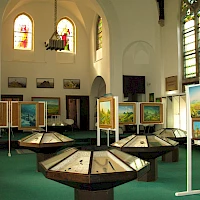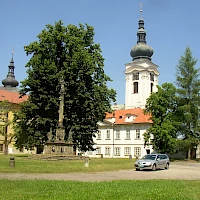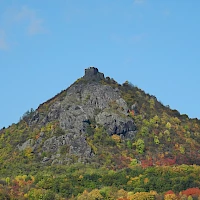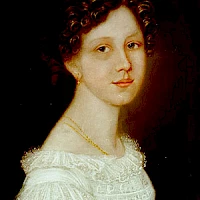The castle in early baroque style remained almost unchanged for over 300 years. Its furniture has also been preserved differently than in other northern Bohemian castles and is evidence of 500 years of development in furniture and household items. In addition to fine pieces of furniture from Europe and Asia, there are tapestries from Antwerp and Brussels, porcelain from Meissen, Japan and China, Bohemian ruby glass, ceramics from Wedgwood and Creil and a Cheb cabinet. The Dietrichstein family, who had the castle built at the end of the 17th century in place of a Renaissance castle that burned out in 1661 and who owned it for centuries, always followed the tastes of the time.
The one-story previous building was built in the 16th century on the foundations of a Gothic fortress. Remnants of this building can still be seen on windows and sgraffito. Another example of this period is the Renaissance altar in the castle chapel.
The interior was preserved because the castle was opened to visitors soon after 1945. The last owners, the noble Herberstein family, were expelled from the country and the castle was confiscated.
The park near the Ohře (Eger) river is also worth seeing. The grounds, laid out in French style, go back to the gardener with the melodious name Jan Tulipan. In the meantime, the complex was converted into an English park, and for 100 years the part near the castle has been designed in the French style again. There are also two palm houses in the park.

